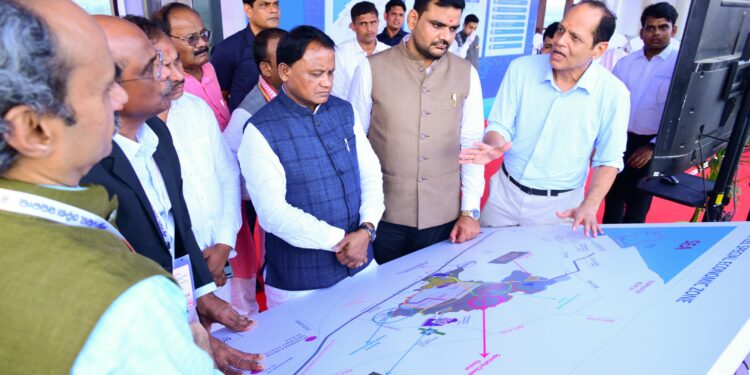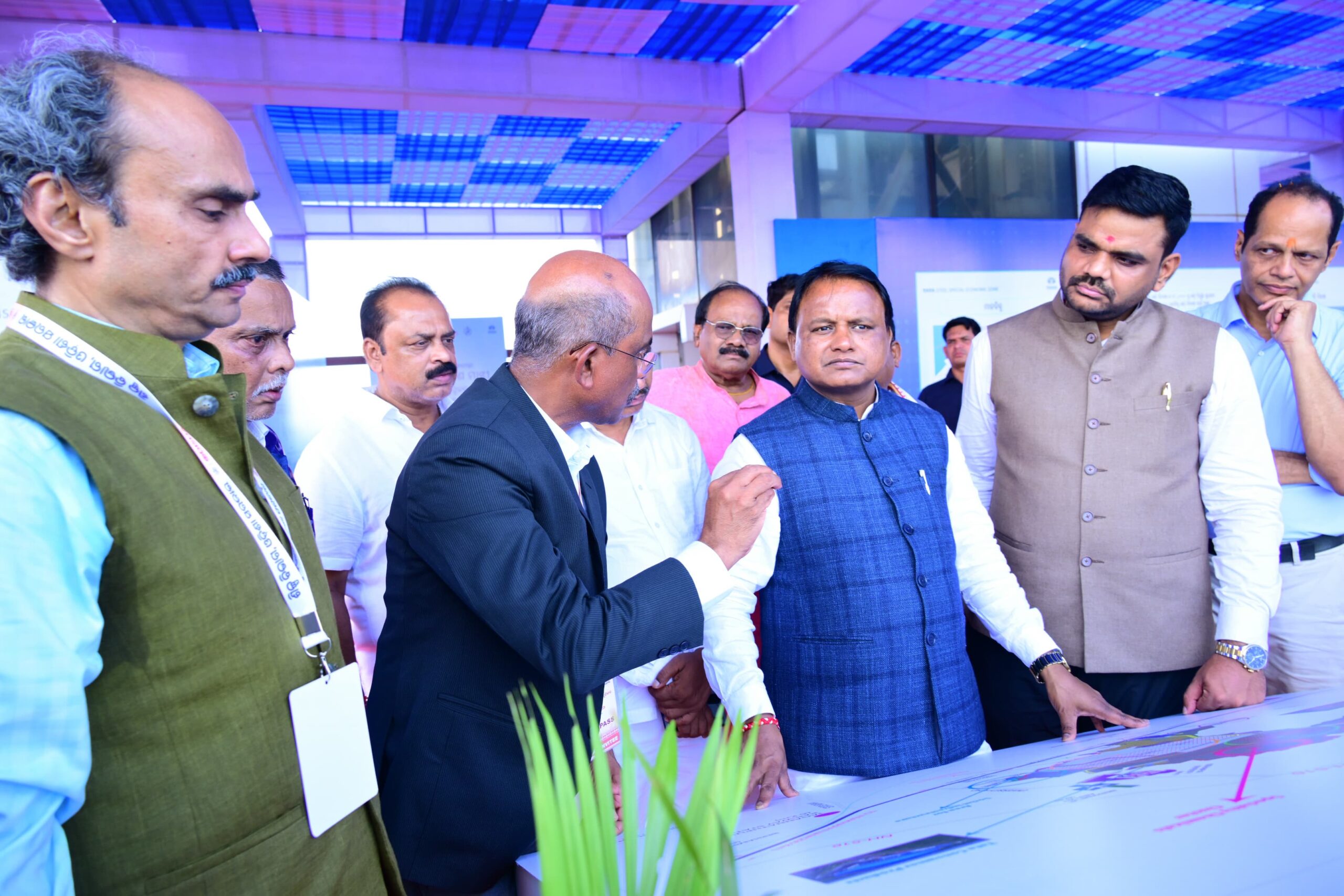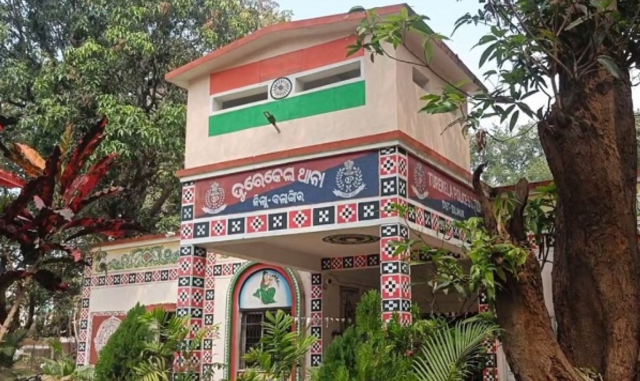In a landmark event for Odisha’s industrial growth, Chief Minister Mohan Charan Majhi laid the foundation stones for five major industrial projects at Tata Steel Special Economic Zone Limited’s (TSSEZL) Gopalpur Industrial Park (GIP) in Ganjam district.
With a cumulative investment exceeding Rs 20,500 crore, these projects in Green Hydrogen/Ammonia, Solar Cell & Module Manufacturing, and Specialty Chemicals signal Odisha’s emergence as a hub for sustainable and high-tech industries.
The ceremony, attended by senior state officials, local leaders, and TSSEZL representatives, underscores the state’s commitment to fostering innovation and economic development.
The projects include:
-
HHP Five (Hygenco): A Rs 4,000 crore initiative for Green Hydrogen/Ammonia production, aimed at supporting clean energy exports.
-
Ocior Energy: A Rs 7,200 crore Green Hydrogen/Ammonia facility, strengthening GIP’s position as a green energy leader.
-
Saatvik Solar Industries: A Rs 3,000 crore project to establish a 4.80 GW integrated solar cell and 4.00 GW module manufacturing unit.
-
World Green Energy: A Rs 2,500 crore facility for 2.00 GW solar cell and 1.20 GW module production, advancing renewable energy infrastructure.
-
Superform Chemistries (UPL): A Rs 4,001 crore specialty chemicals manufacturing unit, diversifying GIP’s industrial portfolio.
Speaking at the event, CM Majhi highlighted Ganjam’s rapid transformation into an industrial powerhouse. “Ganjam has achieved significant milestones in the industrial sector. Due to the availability of improved infrastructure, a leading port, and skilled manpower, investors are showing keen interest in establishing their units here,” he said. “With investments in green hydrogen, chemicals, and renewable energy, Ganjam is set to create a new benchmark in the industrial sector.”
The ceremony saw the presence of key dignitaries, including Bibhuti Bhusan Jena, Minister of Commerce & Transport, Steel & Mines; Gokulananda Mallik, Minister of Fisheries & Animal Resources Development, Micro, Small & Medium Enterprises; Sampad Chandra Swain, Minister of Industries and Skill Development & Technical Education; and Manikanta Naik, Managing Director of TSSEZL.
With these projects, the total investment at GIP now surpasses Rs 40,000 crore, cementing its status as a premier industrial destination. The addition of two Green Hydrogen/Ammonia units brings the total to four such facilities, positioning GIP as one of India’s largest Green Hydrogen hubs. The Green Hydrogen and Ammonia produced will primarily serve export markets, contributing to global clean energy demands.
The solar manufacturing units by Saatvik Solar Industries and World Green Energy will bolster India’s renewable energy capacity, aligning with national sustainability goals. Meanwhile, UPL’s specialty chemicals project diversifies GIP’s offerings, attracting a broader range of industries.
Manikanta Naik, TSSEZL’s Managing Director, emphasised the significance of this milestone: “The groundbreaking of these five projects marks a critical phase in the development of Gopalpur Industrial Park. It highlights the conducive industrial environment fostered at GIP, aimed at encouraging innovation and long-term investment. The concerted effort of our team, strong industry partnerships, and continued support from the Government of Odisha have been instrumental. I sincerely thank the Hon’ble Chief Minister for his invaluable presence and guidance.”
The projects are expected to generate significant employment opportunities, leveraging Odisha’s skilled workforce and strategic port access at Gopalpur. The state’s investor-friendly policies, robust infrastructure, and focus on sustainable industries have made GIP an attractive destination for global and domestic investors. These developments are poised to enhance Odisha’s economic landscape while contributing to India’s clean energy and industrial self-reliance goals.
The Gopalpur Industrial Park, developed by TSSEZL, continues to attract industries across priority sectors, fostering innovation and sustainable growth.
With the state government’s support, GIP is on track to become a model for multi-sector industrial hubs in India, driving economic progress and environmental responsibility.






























